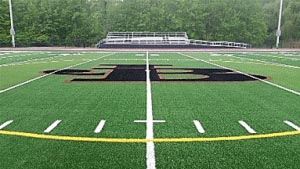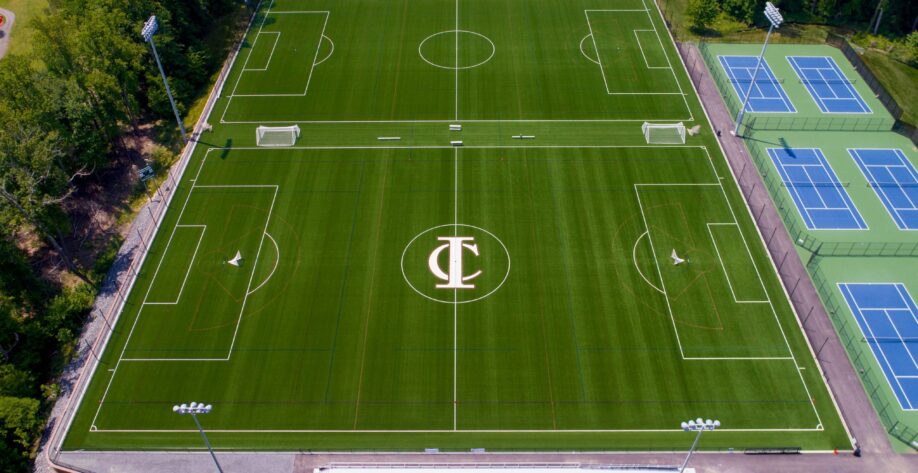The Community Preservation Act (CPA) enables participating communities to set aside tax revenue and matching state funds for preservation of open space, creation of affordable housing, and development of outdoor recreational facilities. Over a decade of work went into creating the CPA, which was signed into law on September 14, 2000. Click here for more information.
Through the CPA, communities create a local Community Preservation Fund that is raised by imposing a surcharge of less than 3% of the tax levy against real property. Municipalities must adopt the CPA by ballot referendum. In its first 15 years, the CPA has achieved the following:
- 158 communities have adopted the CPA (45% of the Commonwealth’s cities and towns)
- Close to $1.4 billion has been raised to date for community preservation funding statewide
- Over 7,500 projects have been approved by local legislative bodies
- Over 8,500 affordable housing units have been created or supported
- 21,838 acres of open space have been preserved
- Over 3,600 appropriations have been made for historic preservation projects
- Nearly 1,250 outdoor recreation projects have been initiated
Amendment Allows for Rehabilitation
An important amendment passed in April 2012, allowing cities and towns to use CPA funding to rehabilitate existing parks, playgrounds and athletic fields, rather than only build new ones. This has afforded participating towns far more flexibility in their use of CPA funding, and has provided an added incentive for new communities to join the CPA program.
One of the caveats of the 2012 legislative amendment prohibits using CPA funds to purchase synthetic turf. Given the increasing popularity of infilled synthetic turf fields as a lower maintenance option to increasing athletic field demands, this restriction has had serious implications for many community projects.
The Use of CPA Funds for Infilled Synthetic Turf Fields

Fortunately, within the past 18 months, several Massachusetts communities found the means to complete significant athletic field developments using CPA funding, with one or more of the fields incorporating infilled synthetic turf. The 2012 amendment stipulates that CPA funding cannot be used to purchase synthetic turf. Gale is aware of several communities that have sought and received legal opinions regarding the exact scope of this restriction.
The state has been consistent in its interpretation of the “no funding for the purchase of synthetic turf” prohibition, and it is literal. It is broadly accepted that the infrastructure for the infilled synthetic turf field, including materials and labor for installation of the perimeter concrete anchor curb, the formal underdrainage system, and the stone base on which it is installed can be funded by CPA. This accounts for approximately half of the cost of a typical synthetic turf field installation.
To comply with this CPA requirement, we have been involved with several public projects for which local, non-profit booster groups have solicited bids for the turf materials and installation using private funding. Once the purchase was made by the boosters, the materials and their installation were then gifted to the public owner (town or school district). These materials were installed by the turf company under contract to the boosters, over a base constructed by the athletic field general contractor, and paid for with CPA funds. One possible downside to this procurement strategy is the division of the construction between the general contractor funded by CPA and the privately funded turf installation, leading to split liability and responsibility for the resultant surface.
More recent interpretations also substantiate that CPA funding can be used to install the synthetic turf carpet, infill, and markings. As a result, if an infilled synthetic turf field costs an estimated $900,000, all but the actual purchase of the synthetic turf carpet and infill materials can be funded using CPA funding, leaving about $200,000 (the approximate cost of the synthetic field carpet) to be financed using some other source, either public or private.
In one municipality, a local non-profit private booster group solicited bids for the turf and infill materials using private funding. Once the purchase was made, the materials were then gifted to the public owner to be installed by the athletic field general contractor, paid for with CPA funds. Additional advantages to privately purchasing turf materials is the ability to write a proprietary specification for the exact turf system intended (not allowed under Mass Public Bids Laws), and savings related to the avoidance of a general contractor mark-up.
Tagged In:
Athletic Facilities Planning & Design
